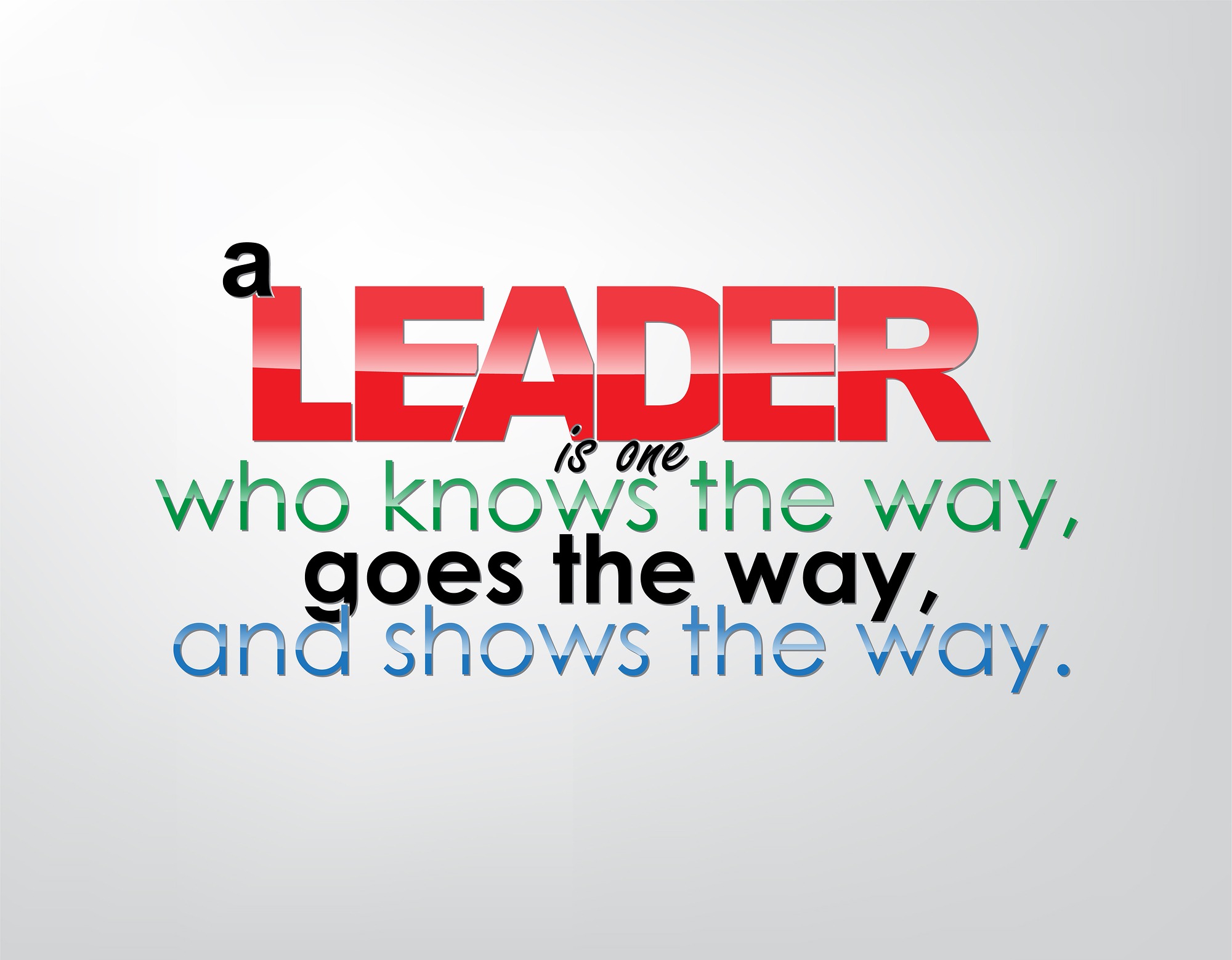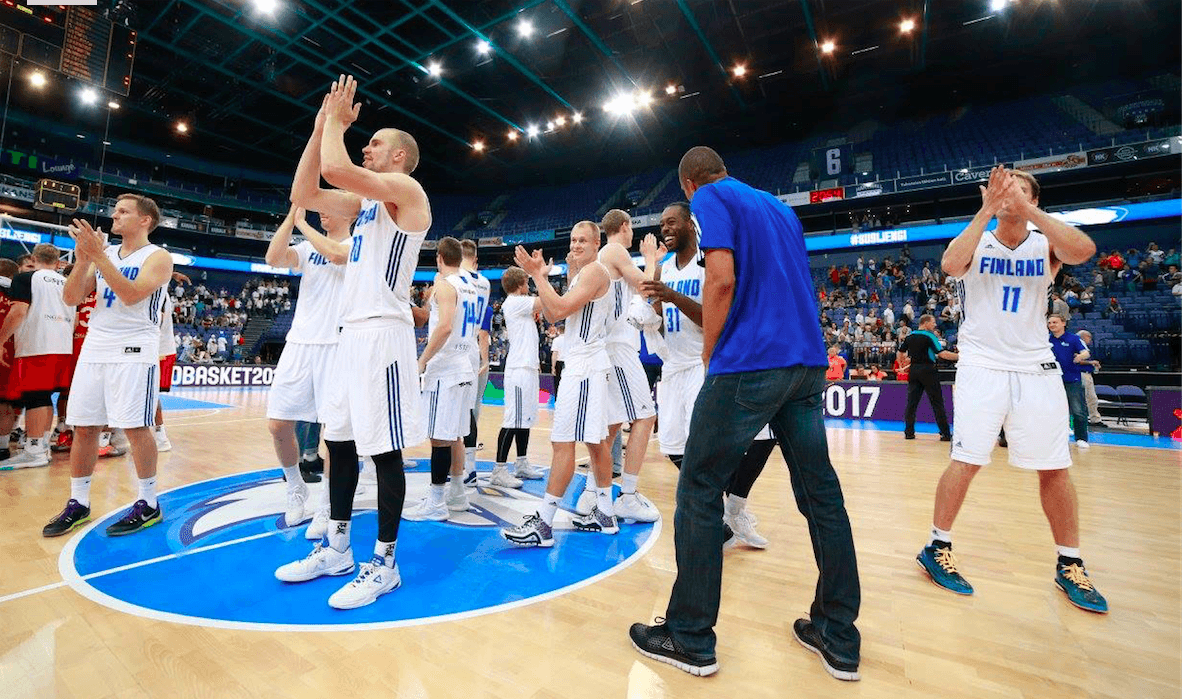Using DISC to determine whether someone fits the role of a ideal leader is precarious at best. Instead of focusing on ideal leadership DISC profiles, recognize that the most successful leaders are keenly self-aware and have the ability to effectively adjust their styles to meet the demands of their different roles.

Behavioral Characteristics of Leadership Styles
Different roles and situations require different leadership DISC profiles. The DISC model describes the four-quadrant model of human behavior. Each quadrant is associated with a style D , I , S , C. Styles can also represent a range of leadership styles on the DISC Model. The location of each leadership style reflects the impact of the different styles DISC.
Active leadership DISC profiles
A D-style leader focuses more on an authoritarian style of leadership where the leader is almost in complete control and in charge. It is also a highly targeted style where the leader leads the followers. The D-style often applies pressure to attain targeted, short-term goals. He or she will emphasize speed and quick execution. The leader talks and the followers listen.
A DI leader, who is a combination of D and I, more likely displays a dynamic leadership style. The I-style side presents a persuasive, charismatic and enthusiastic leadership style, but the D-style side demands quick results and competes to win. DI-style leaders are visionary pioneers because they focus on the big picture and orient to the future. DI-styles are active and energetic. They aim to lead by example. They are positive and optimistic thus, creating a positive atmosphere around them.
An I-style leader will be more informal and social. He or she focuses on creativity, positivity, enthusiasm, and energy, which is more valued than accuracy, tasks, or detailed rules. Emphasis on personal relationships and leading as a friend. The I-style leader promotes competitiveness through inspiration and not pressure.
People-oriented leadership DISC profiles
An IS-style leader, who is a combination of I and S, focuses on a participative leadership. Leadership focuses on cohesive team spirit and being open, friendly, and receptive. IS leaders work with followers and tend not to be hierarchical. Goals and responsibilities are shared. IS leaders often serve more as facilitators than directors.
Reserved leadership DISC profiles
An S-style will be a supportive leader who guides, teaches, and develops followers. An S-style leader emphasizes loyalty, consensus, trust and sincerity. S-style leaders support their team and provide and expect to receive mutual aid. S leaders emphasize gradual evolution while strongly focusing on agreed upon long-term goals.
An SC-style leader, who is a combination of S and C, focuses on being a leader who carefully plans. SC leaders are thoughtful, cautious, structured in their leadership. SC-style leaders generally operate in known areas. They are calm, but determined to do things the right way. They clearly communicate expectations and objectives, and carefully prepare to meet set objectives.
A C-style leader emphasizes quality, rules and compliance with righteousness. C-style leaders tend to maintain distance from the team thus, creating less interpersonal connection. The C-style leader focuses on a systematic approach and ensures everyone knows what is specifically expected. C-style leaders prefer using emails and written directions to communicate.
Task-oriented leadership DISC profiles
A CD-style leader, who is a combination of C and D, focuses on authority and centralized leadership. CD’s have high standards, expect compliance, and have low tolerance for errors and unauthorized changes. CD leaders prefer formal and hierarchical environments while emphasizing individualism. They prefer a structured and practical approach while relying on data and information.
Is there one ideal leadership style?
Successful leaders are determined in a very large part by how well they interact with their employees and others. The ability to effectively relate, communicate, influence and motivate others is a crucial skill in succeeding and creating successful, long-term relationships with subordinates, customers, prospects, colleagues, and stakeholders.
As we look at successful and highly regarded leaders around the world, it is clear that leaders come from all leadership DISC profiles. Each leadership profile brings unique sets of strengths of their styles. D-styles are decisive and not afraid to take control. I-styles are charismatic and connect to people. S-styles push up their sleeves and get things done while maintaining organizational core values. C-styles focus on doing things right and are often the experts in their fields.
Just as each DISC personality profile brings leadership style strengths, they also have areas they need to constantly and consciously develop. D-styles need to consider others and know when to not take too many risks. I-styles need to stay organized and maintain focus on the end goals. S-styles need to move and decide more quickly and think “outside the box.” C-styles need to be less critical (especially of themselves) and more open to unpredictability and surprises.
Key to successful leaders
Successful leaders are confidently self-aware. They know who they are. Highly effective leaders are aware of their strengths, but do not overuse them. They are keenly aware of their development areas and do not deny or ignore them.
Highly effective leaders are aware that they need to modify their behavior from one interaction and situation to the next. They understand that to lead, motivate and influence their employees, they must identify their styles and modify their own leadership styles accordingly. They are always mindful and present.
Great leaders make adjustments to their styles to match the demands of their roles, environment and everyone involved. Sometimes it’s most important to be a charming and charismatic leader like Richard Branson of Virgin Group. Other times, a leadership role may better fit Larry Ellison, former CEO of Oracle, who is large and in charge, brash, and demanding. Sometimes it’s important to be a combination of charismatic and authoritative, but regardless of their natural behavioral style, the best leaders are ones who can constantly adjust their behaviors to suit the role, people around them and the situation.
They always adjust their leadership style.
A true leader has the confidence to stand alone, the courage to make tough decisions, and the compassion to listen to the needs of others. He does not set out to be a leader, but becomes one by the equality of his actions and the integrity of his intent.
Douglas MacArthur





